Rabbit farming, or cuniculture, is a versatile and sustainable agricultural practice that has gained popularity worldwide. These small, prolific animals are raised for various purposes, including meat production, fur, pet companionship, and laboratory research. With their rapid reproduction rates and efficient feed-to-meat conversion, rabbits are an attractive option for small-scale and backyard farmers looking to diversify their income streams.
Rabbit farming offers numerous advantages, such as low space requirements, minimal environmental impact, and a relatively short production cycle. This introduction explores the world of rabbit farming, delving into its potential benefits, challenges, and essential considerations for those interested in embarking on this rewarding and environmentally friendly agricultural venture.
Is Rabbit Farming Profitable in the Philippines?
Rabbit farming can be profitable in the Philippines, but success depends on several factors, including market demand, management practices, and cost-efficiency. Here are some key points to consider when evaluating the profitability of rabbit farming in the Philippines:
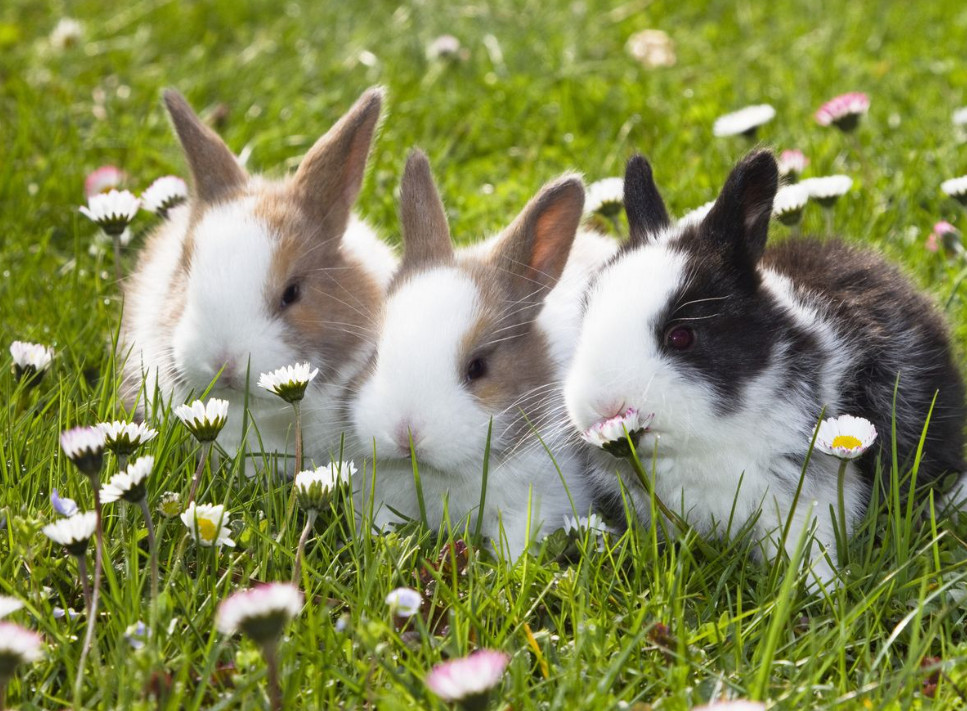
- Market Demand: Assess the local demand for rabbit meat, fur, and other rabbit-related products. Rabbit meat is considered lean and nutritious, and there may be a growing demand for it due to health-conscious consumers. Additionally, rabbit fur can be used for various products, including clothing and accessories.
- Production Scale: The scale of your rabbit farming operation will impact profitability. Larger-scale operations can benefit from economies of scale, but they also require more substantial investments in infrastructure and management. Smaller-scale operations may cater to niche markets and offer unique products.
- Cost Management: Efficient management of resources and costs is crucial for profitability. This includes proper housing, nutrition, healthcare, and breeding practices to optimize rabbit production.
- Marketing and Distribution: Develop effective marketing and distribution strategies to reach potential customers. Consider local restaurants, markets, and online platforms as potential outlets for your rabbit products.
- Climate and Environmental Factors: The Philippines has a tropical climate, which can affect rabbit farming. Ensure that your rabbits have suitable housing and climate control to mitigate the impact of heat and humidity on their health and productivity.
- Disease Management: Rabbit farming requires attention to disease prevention and management. Investing in veterinary care and disease prevention measures is essential to maintain a healthy herd.
- Training and Knowledge: It’s important to have a good understanding of rabbit farming practices, breeding techniques, and management. Seek training or guidance from experienced rabbit farmers or agricultural institutions in the Philippines.
- Government Regulations: Be aware of any government regulations, permits, or licenses required for rabbit farming in your area. Compliance with local laws is essential for a successful and legal operation.
- Initial Investment: Consider the initial investment required to start a rabbit farming venture, including costs for purchasing rabbits, building infrastructure, and acquiring equipment and supplies.
- Record Keeping: Maintain accurate records of your rabbit farming activities, including expenses, income, and production data. This information will help you make informed decisions and assess profitability over time.
Conducting a thorough feasibility study and business plan specific to your location and circumstances before starting a rabbit farming operation in the Philippines is essential. This will help you determine whether rabbit farming is viable and profitable in your area and enable you to make informed decisions about your investment. Additionally, stay informed about market trends and consumer preferences to adapt and optimize your business accordingly.
12 Rabbit Breeds for Rabbit Farming
The best rabbit breeds for rabbit farming can vary depending on your specific goals and location. Still, some breeds are generally well-suited for various purposes, such as meat production, fur, or pets. Here are some popular rabbit breeds for different farming purposes:
1. New Zealand White
Contrary to its name, the New Zealand White Rabbit isn’t from New Zealand! Developed in California, this breed is known for its snow-white fur and red eyes. Despite the unusual eye color, it’s caused by a lack of pigment, not albinism. These large rabbits, reaching 12 pounds, were originally bred for their meat. But their docile personality and trainability have also made them popular pets. New Zealand Whites are intelligent and can learn tricks, but their size requires ample space to roam and exercise.
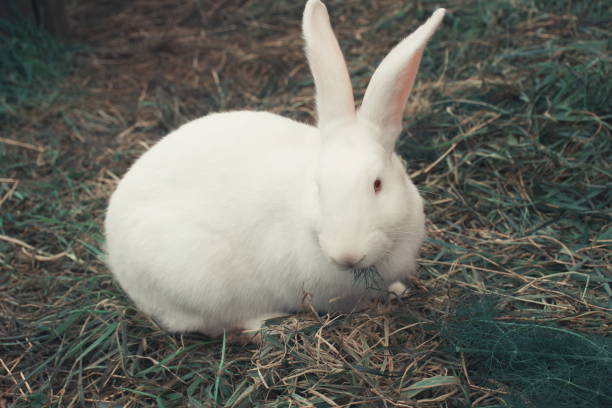
2. California
The Californian rabbit, nicknamed the “California White,” isn’t just another fluffy bunny. Bred in the 1920s for their fur and meat, these American rabbits are known for their distinct markings. Imagine a white rabbit with dark brown ears, nose, paws, and tail – that’s the Californian! Despite their commercial past, Californians are popular family pets thanks to their gentle nature and impressive size, reaching up to 10.5 pounds. Their thick, plush fur requires regular brushing, but these docile bunnies make up for it with a calm temperament and love for attention.
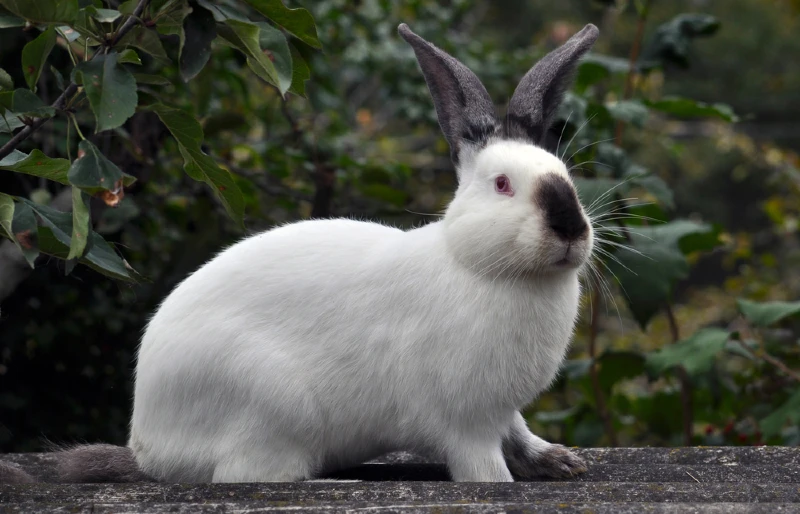
3. Flemish Giant
Gentle giants live up to their name with the Flemish Giant rabbit breed. The undisputed heavyweight champ of the rabbit world, Flemish Giants can tip the scales at a whopping 15-20 pounds, reaching lengths of nearly 4 feet! Originally bred in Europe for meat and fur, these docile giants are now popular, low-maintenance pets. Flemish Giants boast thick, glossy fur in various colors and a laid-back personality. Their size, however, requires significant space to roam and exercise. These are friendly bunnies, but young children might need supervision due to the rabbit’s size.
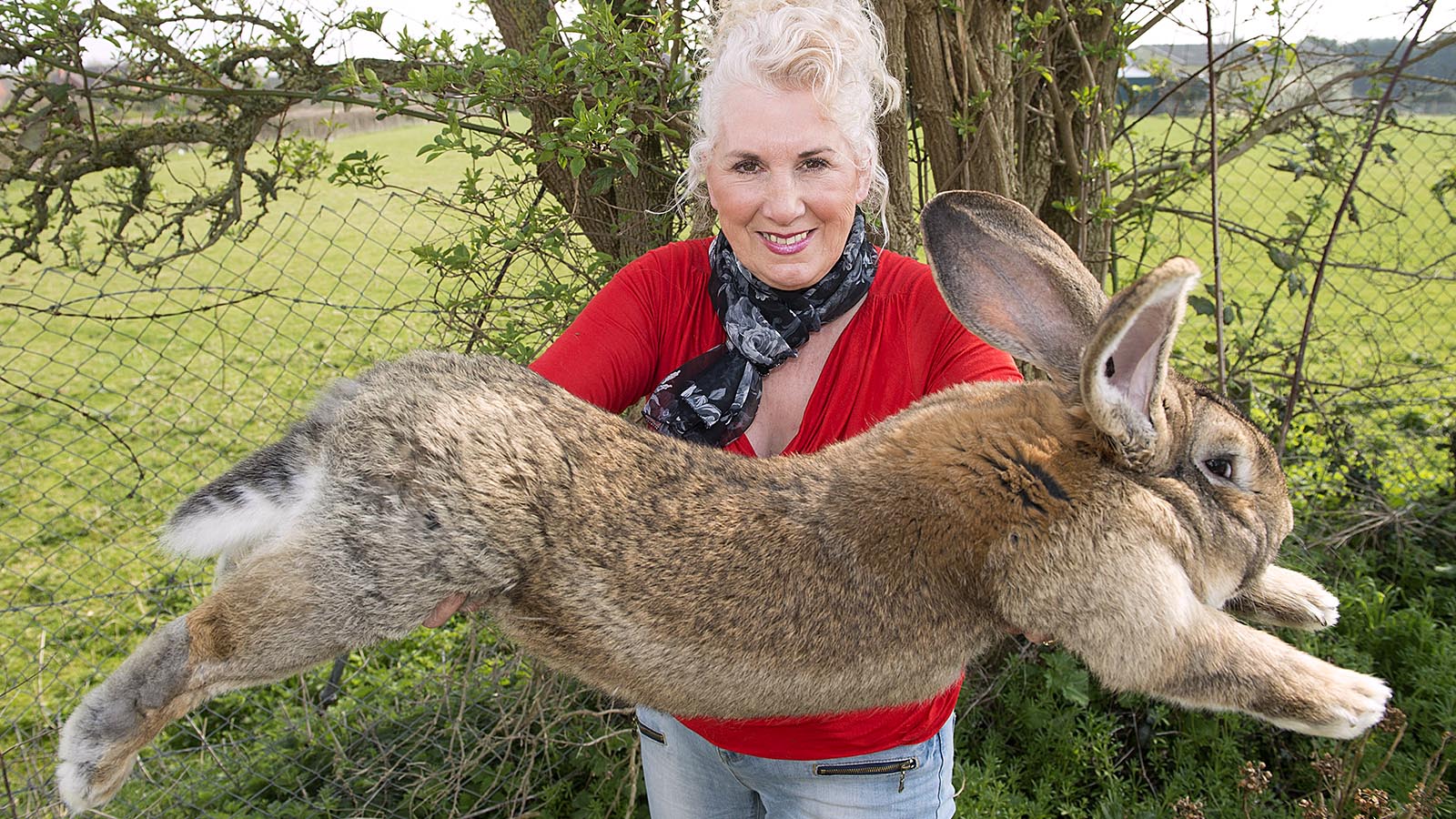
4. Rex
The Rex rabbit is a true cuddle champion, boasting a coat unlike any other. Forget fluffy fur – Rex rabbits have an incredibly soft, velvety pelt that feels like plush. This unique texture comes from a special gene that keeps their fur short and dense, all standing upright for an even softer touch. These medium-sized rabbits, reaching 7.5-10.5 pounds, come in various colors, from classic black and white to chinchilla and even ruby-eyed white. Rex rabbits are known for their docile and friendly personalities, making them excellent family pets. While relatively low-maintenance, their short fur still requires occasional brushing to keep it looking its best.
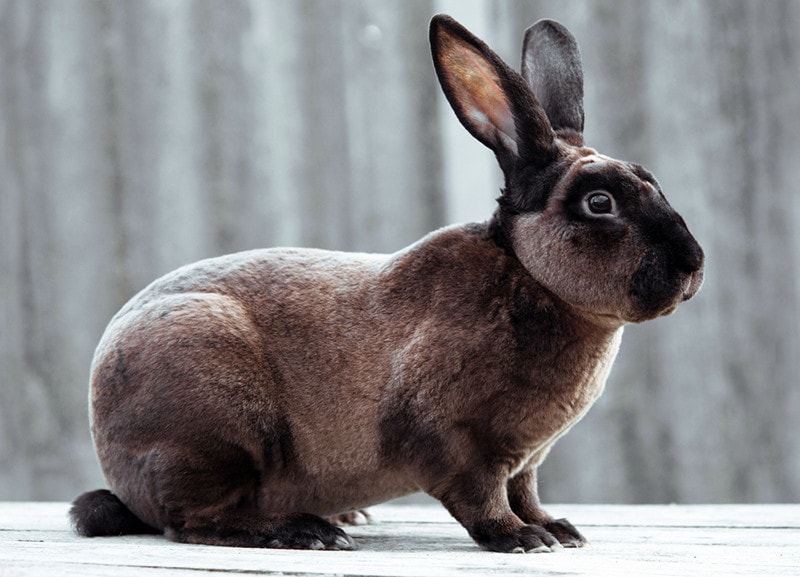
5. Satin
Admire the luxurious sheen of the Satin rabbit! This breed isn’t just another pretty face; their fur boasts a captivating, almost iridescent glow. It’s all thanks to a special genetic mutation that creates hollow hair shafts, reflecting light for a stunning satin effect. These medium-sized rabbits, weighing 8-11 pounds, come in a dazzling array of colors, from classic black and white to chocolate and even a broken pattern. Satin rabbits are known for their calm and gentle demeanor, making them wonderful companions. Their captivating coat requires some extra attention – regular brushing helps maintain its shine and prevent matting.
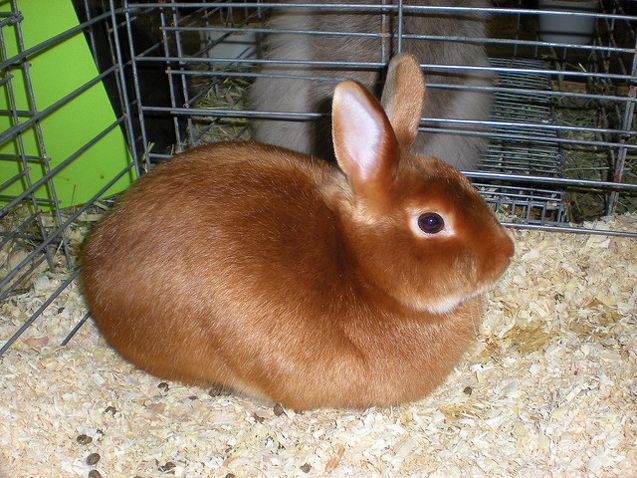
6. Chinchilla
There’s no mistaking a Chinchilla rabbit for its namesake rodent! This breed comes in three varieties, all sporting a stunning coat that resembles a chinchilla’s soft, smoky gray fur. Each hair is a blend of colors, with dark guard hairs tipped in white or silver, creating a beautiful sheen. These rabbits are available in standard, American (larger), and giant sizes, catering to different preferences. Despite their commercial past for fur and meat, Chinchilla rabbits are now treasured pets. These docile bunnies are known for their gentle nature and friendly personalities, making them perfect for families. Their glamorous coat requires minimal grooming, but regular brushing helps maintain its sheen.
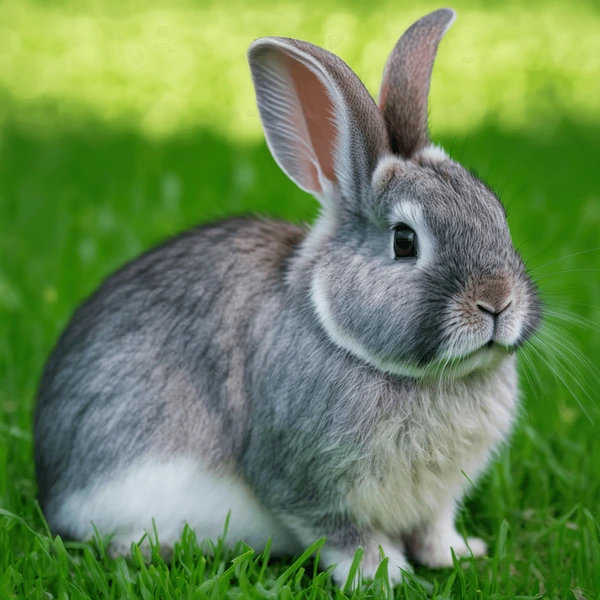
7. Silver Fox
The Silver Fox rabbit is a rare gem for its resemblance to the Arctic fox. This American breed boasts a unique, dense double coat unlike any other. When stroked forward, the fur stands on end, revealing a dazzling display of silver-tipped and white hairs throughout. This “stand-up” fur is exclusive to the Silver Fox and creates a shimmering, almost three-dimensional effect. These rabbits are on the larger side, with bucks reaching 11 pounds and does up to 12. Despite their heritage as meat and fur producers, Silver Foxes are now cherished for their docile temperament and unique beauty. While their fur requires some brushing, these gentle giants make rewarding companions for rabbit lovers seeking a truly special breed.
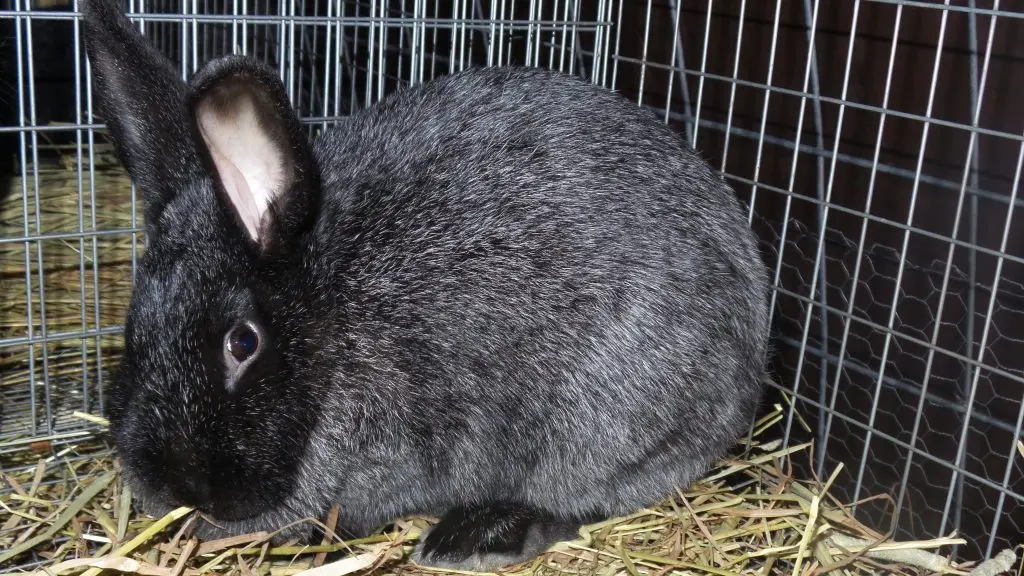
8. Angora
Cuddle a cloud with the Angora rabbit, one of the oldest domesticated breeds. Known for their luxurious Angora wool coat, these rabbits resemble fluffy puffs on four legs. Their fur, prized for its softness and length, grows continuously and comes in various colors. There are several Angora breeds, each with distinct features. Some have longer wool and “furnishings” around the face and feet, while others boast a silky sheen. While undeniably adorable, Angoras require significant grooming – regular brushing and occasional shearing are essential to prevent matting. Despite the maintenance, their gentle nature and love for attention make them rewarding companions for experienced rabbit owners.
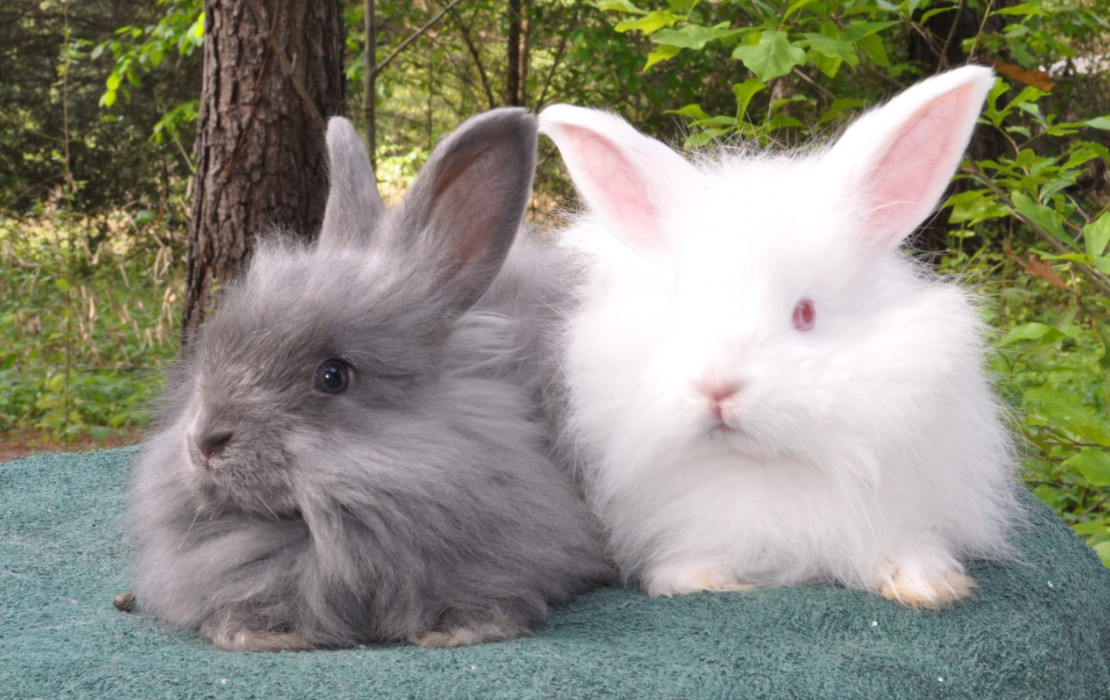
9. Mini Rex
The Mini Rex is a pint-sized charmer with a luxuriously soft coat. Don’t let their small size fool you – Mini Rex rabbits are champions of cuddle time! These compact cuties, weighing around 4.5 pounds, boast a velvety pelt that feels like plush. This unique texture comes from a special gene that keeps their fur short and dense, similar to their larger Rex cousins. Mini Rexes come in a dazzling array of colors, from classic black and white to harlequin and even lilac. Known for their friendly and curious personalities, Mini Rexes make fantastic family pets. These low-maintenance bundles of fluff only require occasional brushing to keep their coat looking velvety smooth.
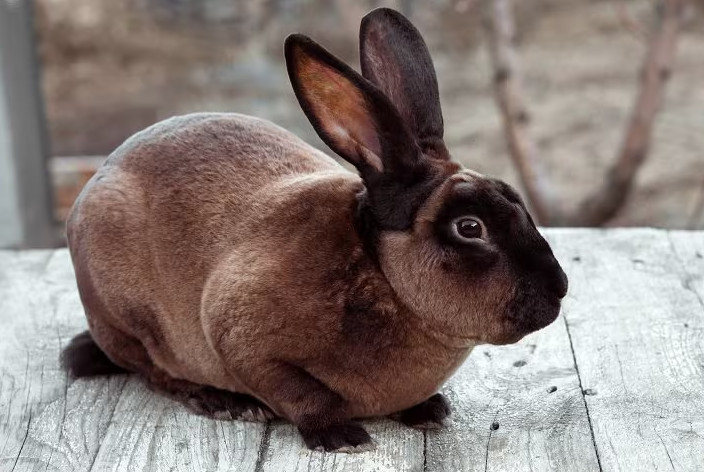
10. Dutch
The Dutch rabbit is a bi-colored charmer, easily recognized by its distinctive markings. Imagine a rabbit wearing a tuxedo! These compact cuties, reaching 3.5-5.5 pounds, have a white blaze on their nose and chest, paired with white saddle markings around the shoulders. Their coat comes in various colors besides the classic black – blue, chocolate, and even spotted variations add to their charm. Dutch rabbits, despite their name, were actually developed in England. They are intelligent and playful, making them fun companions. Their short fur requires minimal grooming, but regular brushing keeps it looking its best.
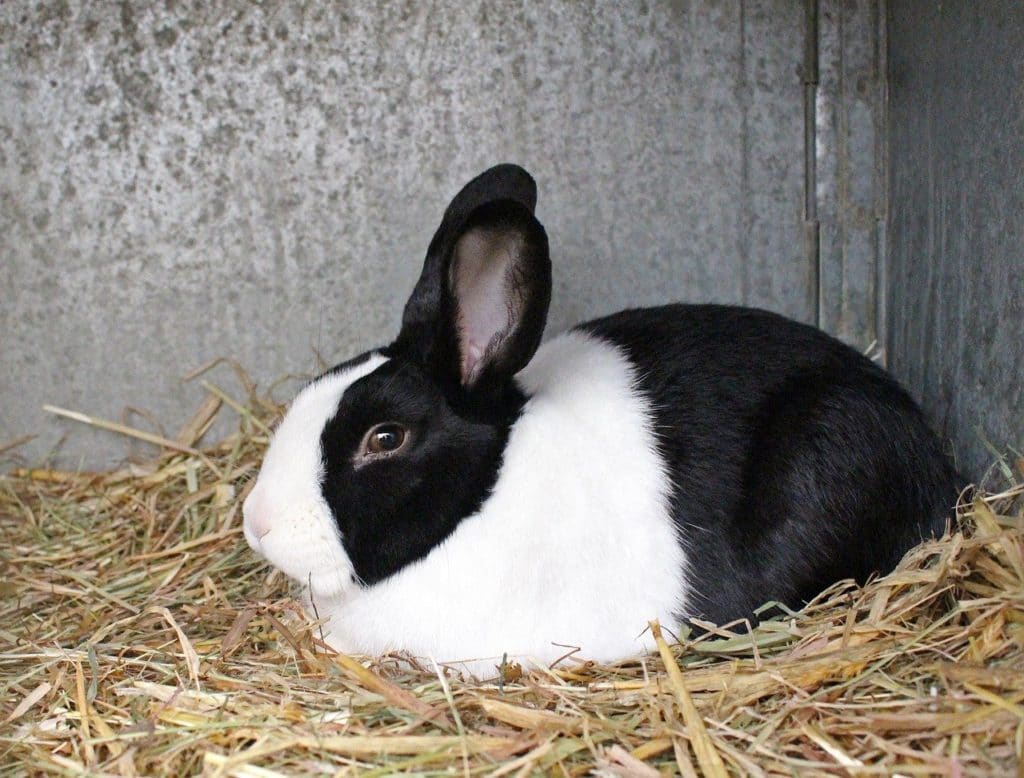
11. Lionhead
The Lionhead rabbit lives up to its name with a wool mane circling its head, resembling a mini lion cub. These social butterflies, weighing 2.5-3.75 pounds, come in vibrant colors – think black, white, fawn, and even harlequin. Lionheads have two mane types: single mane rabbits have a wispy mane that might lessen with age, while double manes keep their impressive fur throughout their lives. These curious and playful bunnies are known for their friendly personalities, making them excellent companions for families with children. While their mane requires some extra attention, regular gentle brushing keeps it tangle-free, and the rest of their fur is relatively low-maintenance.
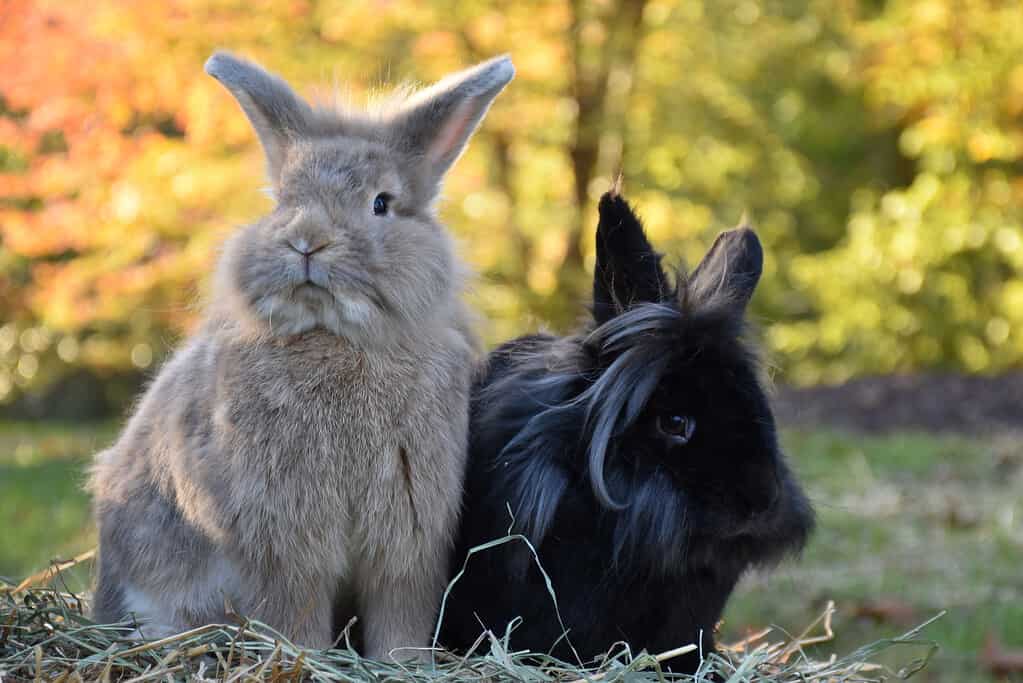
12. Mini Lop
Steal your heart with the Mini Lop rabbit, a captivating mix of cuteness and charm. These adorable bunnies are known for their signature lop ears, draping down on either side of their soft, rounded face. Despite their “mini” in the name, Mini Lops are on the medium side for rabbits, reaching up to 6.5 pounds. Their compact bodies and thick fur come in a delightful variety of colors, from classic white and black to harlequin and even tri-colored. Mini Lops are social butterflies, thriving on attention and playtime. These gentle giants with floppy ears are known for their laid-back personalities and love for cuddles, making them perfect for families seeking a loving and affectionate pet.
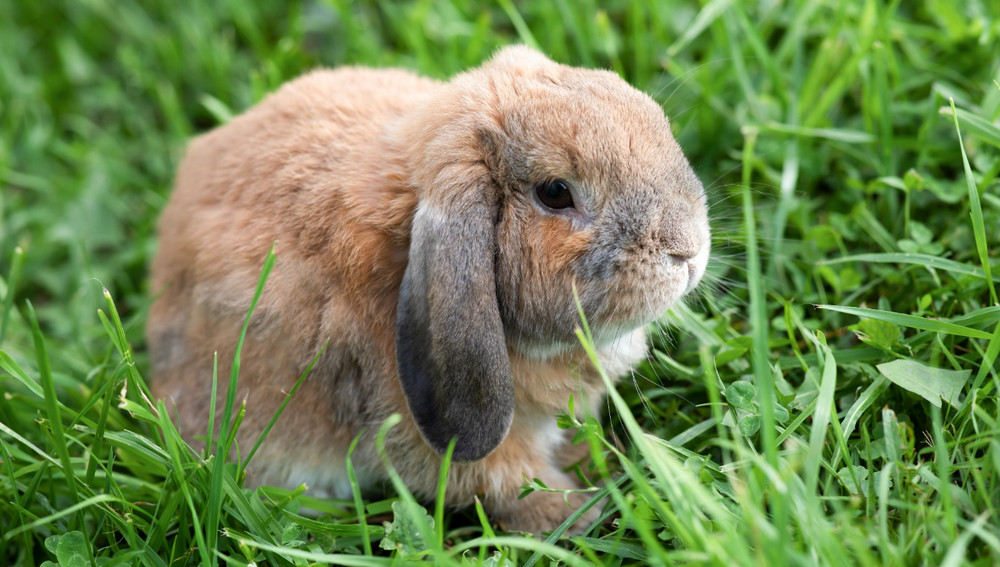
When selecting a rabbit breed for farming, consider your location, climate, available resources, and specific goals, whether meat production, fur, pets, or showing. Additionally, pay attention to the breed’s temperament, ease of care, and health considerations to ensure a successful rabbit farming venture.
Rabbit Uses and Applications
Rabbits have diverse uses and applications across various industries and activities. Here are some of the most common uses and applications of rabbits:
- Meat Production: Rabbits are raised for their lean and nutritious meat. Rabbit meat is a healthy protein source, low in fat and cholesterol, making it an attractive choice for consumers concerned about their diet.
- Fur and Textiles: Rabbit fur, known as “rabbit wool” or “angora,” produces soft, warm textiles, including clothing, accessories like scarves and gloves, and home furnishings.
- Pet Companionship: Rabbits are famous for their gentle nature and adaptability. They can be kept indoors or outdoors, providing companionship and joy to their owners.
- Laboratory Research: Rabbits are used in scientific research, particularly in medical and pharmaceutical studies. They are used as animal models for various diseases and conditions.
- Show and Exhibition: Some people raise rabbits for showing and exhibition purposes. Different rabbit breeds have distinct features and qualities that are evaluated in competitions.
- Fertilizer Production: Rabbit manure is a rich source of organic fertilizer. It’s high in nutrients and can improve soil quality in gardens and agricultural fields.
- Pest Control: In some agricultural settings, rabbits are used as natural pest control. They graze on unwanted vegetation and help manage weeds in specific environments.
- Education and Therapy: Rabbits are often used in educational programs and therapy settings for children and individuals with special needs. They can be therapeutic animals that offer comfort and companionship.
- Art and Culture: Rabbits have been depicted in various art, literature, folklore, and cultural symbols worldwide. They often symbolize fertility, luck, or trickery in different cultures.
- Ecological Balance: In some cases, rabbits play a role in the ecological balance of their natural habitats by serving as prey for predators. This helps maintain the population balance in ecosystems.
- Breeding and Genetics: Rabbit breeders work to develop and improve rabbit breeds for specific purposes, such as meat or fur production. They utilize genetics to achieve desired traits in their rabbit herds.
Rabbits’ versatility and adaptability have made them valuable animals in many different contexts. Whether for food, fiber, companionship, research, or other purposes, rabbits are essential to human culture and agriculture.
See Also:
- 10 Health Benefits of Acerola, Description, and Side Effects
- Philippine Native Pig: Characteristics, History, Behavior, and Temperament
- 9 Health Benefits of Snap Peas, Description, and Side Effects
- Sitsaro: 10 Health Benefits of Snow Peas, Description, and Side Effects
- Kapeng Barako and other Coffee Varieties and Cultivars in the Philippines
